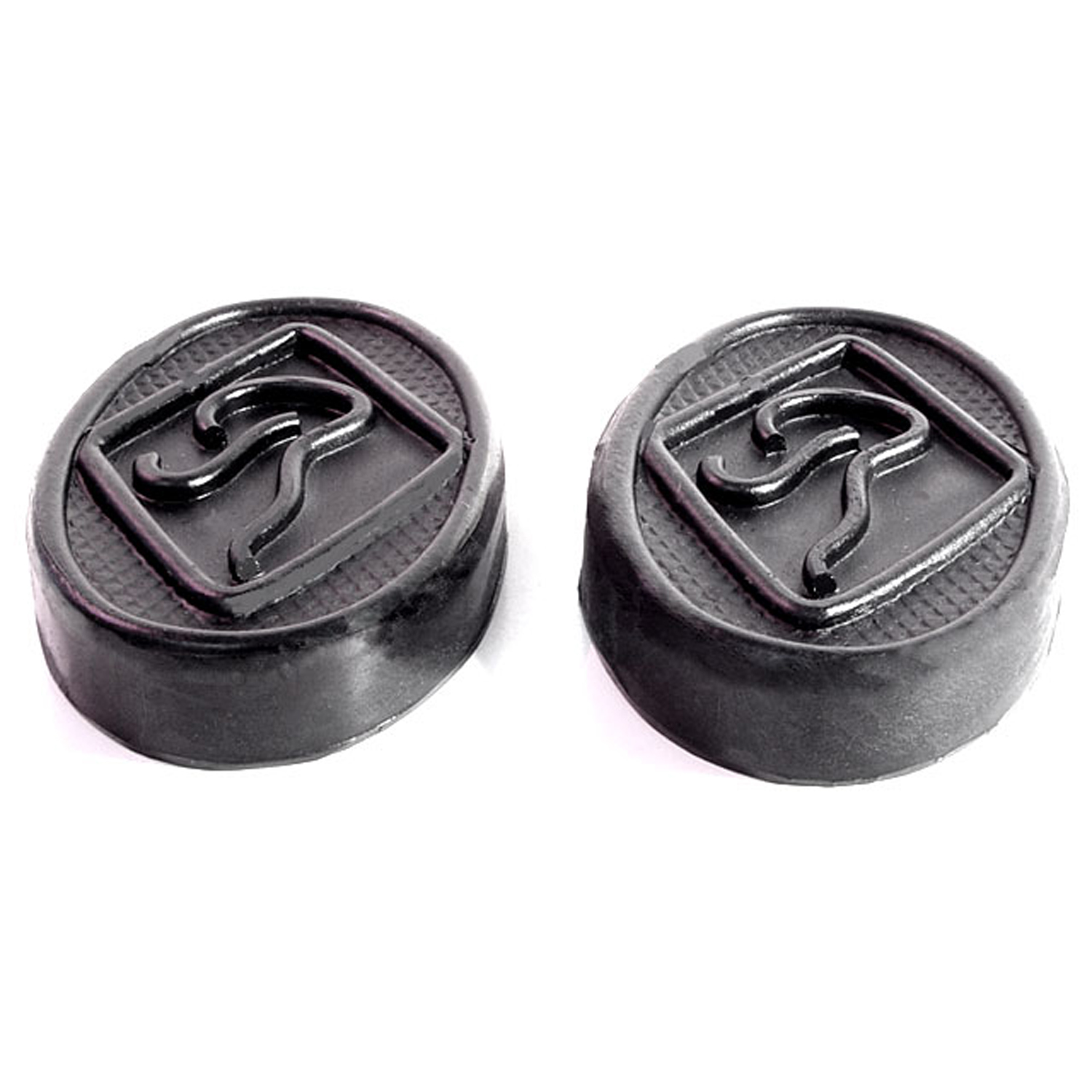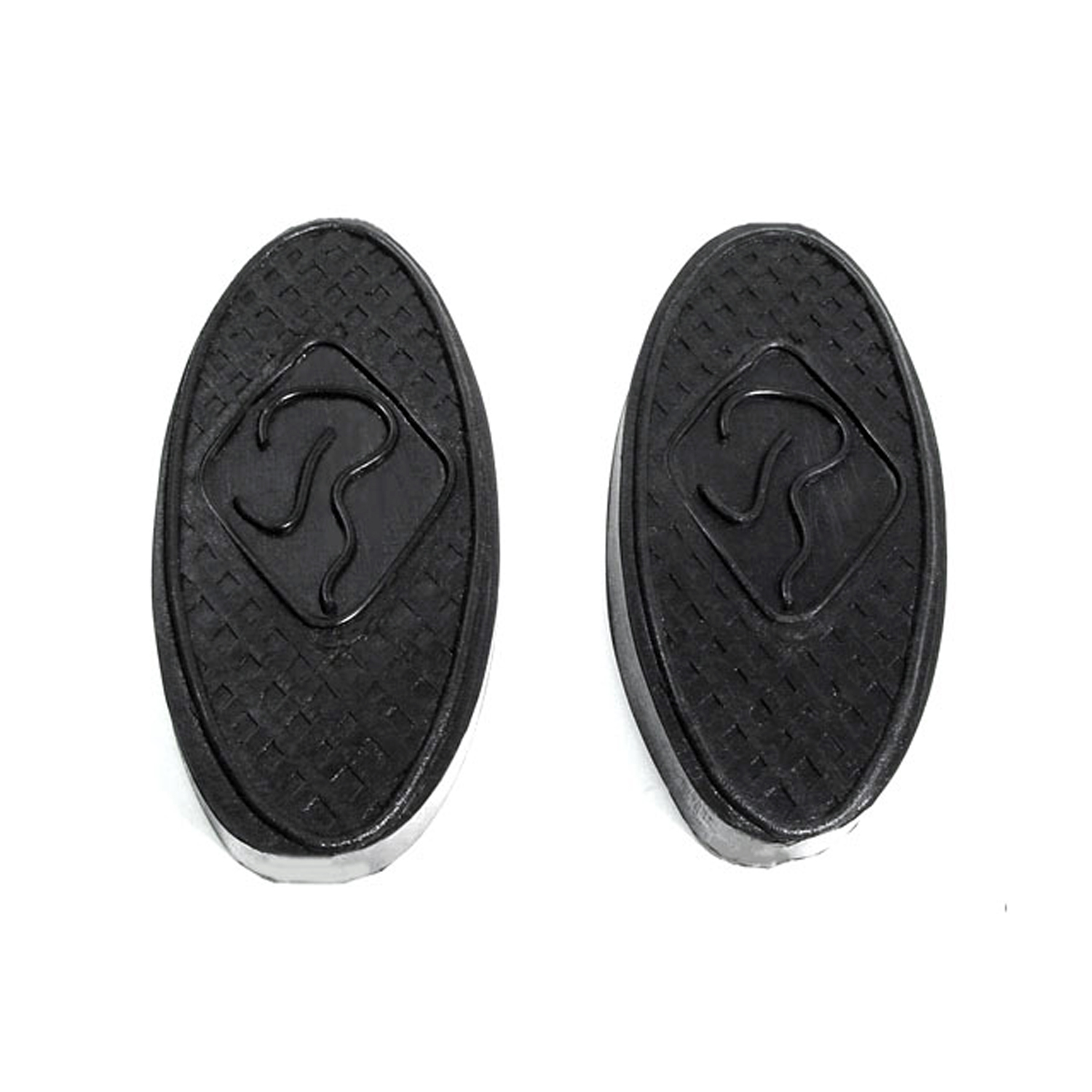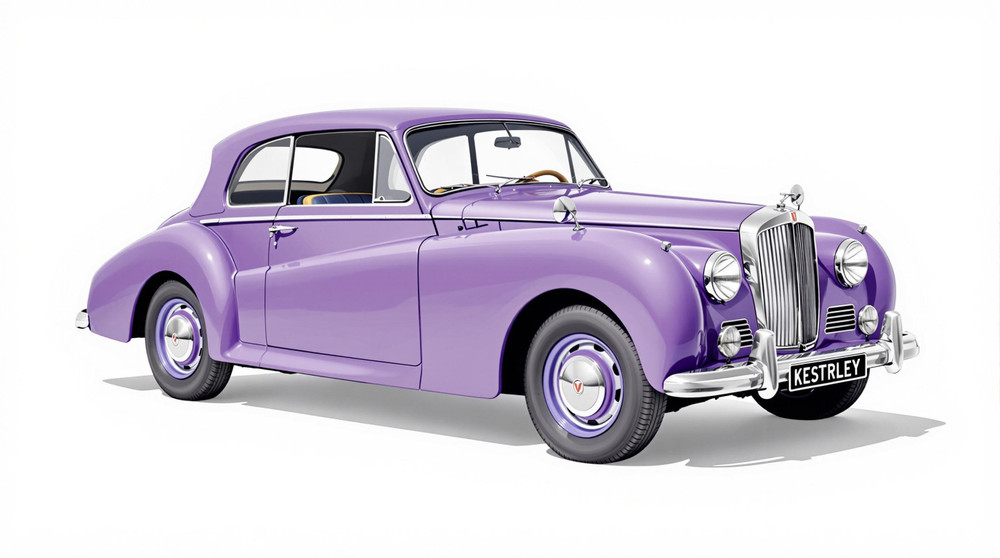Image of 1967 Riley Kestrel, Note: These illustrations use artistic license and may differ from actual historical models.
Performance Metrics
Fundamental Metrics
Emotional Appeal
MMP Rating
| Engine Specifications | |
|---|---|
| Engine: | 1.5L and 1.7L |
| Displacement: | 1.5L to 1.7L |
| Horsepower: | 68-79 hp |
| Torque: | Estimated 80-90 lb-ft |
| Compression Ratio: | 9.0:1 |
| Ignition System: | Distributor with points |
| Cooling System: | Water-cooled |
| Performance Specifications | |
| 0-60 Time: | Estimated 15-17 seconds |
| 1/4 Mile Time: | Not available |
| Top Speed: | 90-95 mph |
| Transmission and Drive | |
| Drive Type: | Front-wheel drive |
| Transmission Type: | 4-speed manual |
| Fuel and Efficiency | |
| Fuel System Type: | Carburetor |
| MPG: | Estimated 25-30 mpg |
| Dimensions and Brakes | |
| Brakes: | Disc brakes at front, drum brakes at rear |
| Wheelbase: | 98 inches |
| Weight: | 2,200 lbs |
Note: Specifications for classic cars are given to the best of our ability, considering the limited and variant data available.
Unveiling the Charm of the 1967 Riley Kestrel
The 1967 Riley Kestrel emerges not merely as a car but as a testament to British motoring elegance. Nestled within the storied lineage of the Riley marque, a subsidiary of the British Motor Corporation (BMC), this vehicle stands as a symbol of sophistication and innovation. The Kestrel was part of the BMC's ADO16 line-up, which was Britain's best-selling car through much of the 1960s. Its unique blend of luxury and performance carved out a niche that appealed to those seeking something beyond the ordinary. One might be intrigued to know that despite its shared underpinnings with other BMC models, it was the Kestrel's distinctive character that earned it a loyal following.
Design and Innovation
The exterior of the 1967 Riley Kestrel is a visual delight, featuring sleek lines that convey motion even at a standstill. The front grille, adorned with the iconic Riley badge, exudes an air of exclusivity. Inside, passengers are greeted by an interior that showcases the craftsmanship of its era. Rich leather and polished wood veneers were commonly used, offering occupants both comfort and luxury. Technologically, it boasted advancements like Hydrolastic suspension and front-wheel drive—features that were quite advanced for its time. The color palette ranged from stately hues to more vibrant options, with shades like "Russet Brown" and "Trafalgar Blue" being popular picks. The saloon body style was particularly iconic, capturing the essence of British motoring prestige.
Historical Significance
The 1967 Riley Kestrel's impact on automotive design is undeniable. It helped popularize front-wheel drive in the UK market, setting a precedent for future vehicles. Its blend of luxury trimmings with compact dimensions set it apart from contemporaries and influenced subsequent generations of premium small cars.
Performance and Handling
Underneath its refined exterior, the Kestrel packed a punch with its 1,275cc engine, capable of propelling it to respectable top speeds for its class. Acceleration from 0-60 mph was achieved in a manner that balanced urgency with grace. The handling characteristics were noteworthy; it navigated through bends with poise and absorbed road imperfections commendably, thanks in part to its innovative suspension system. Driving this car was an auditory pleasure too—the engine's purr conveyed power without sacrificing refinement.
Ownership Experience
The Kestrel found its place as both a daily driver for the discerning individual and as a cherished showpiece for collectors. Maintenance and reliability were typical for its time; straightforward mechanicals meant that repairs could often be managed by an owner with some technical know-how.
Fun Facts
A lesser-known tidbit about the Kestrel is its connection to motorsport; some were privately entered into rallies and races, showcasing their robustness and agility. While not known for breaking speed records, its sales figures spoke volumes about its success during its heyday.
Collector's Information
Today, the 1967 Riley Kestrel is a rare gem in classic car circles. Production numbers were not vast compared to some mass-produced contemporaries, which adds to its desirability among collectors. As for value, pristine examples can fetch significant sums—often ranging from mid-five figures upwards—reflecting both their rarity and their cherished status among enthusiasts.
Conclusion
The 1967 Riley Kestrel stands as more than just another classic car—it is a piece of motoring history that encapsulates an era where elegance met innovation on four wheels. Its legacy continues to be celebrated by those who appreciate its unique blend of style and substance.
1967 Riley Kestrel Catalog of Parts
 1967 Riley KESTREL Clutch and Brake Pedal Pads. 2-1/4" wide X 3-1/2" long-CB 49Clutch and Brake Pedal Pads. 2-1/4" wide X 3-1/2" long. Pair
1967 Riley KESTREL Clutch and Brake Pedal Pads. 2-1/4" wide X 3-1/2" long-CB 49Clutch and Brake Pedal Pads. 2-1/4" wide X 3-1/2" long. Pair 1967 Riley KESTREL Clutch and Brake Pedal Pads. 2-1/4" wide X 4-7/8" long-CB 50Clutch and Brake Pedal Pads. 2-1/4" wide X 4-7/8" long. Pair
1967 Riley KESTREL Clutch and Brake Pedal Pads. 2-1/4" wide X 4-7/8" long-CB 50Clutch and Brake Pedal Pads. 2-1/4" wide X 4-7/8" long. PairWhy Choose Metro?
For over 100 years, Metro Moulded Parts has been the pinnacle of quality in classic car restoration parts. Our commitment to precision and authenticity in every component ensures a perfect fit and an OEM-level appearance.
- Expert Craftsmanship & Quality: Each part is a testament to our dedication to reliability and perfection, crafted from original designs and thoroughly tested.
- Advanced Technology: We use cutting-edge techniques to create flawless, long-lasting parts that surpass others in performance.
- SuperSoft Sponge – The Ultimate Door Seal: Not only are our door seals 30% softer than competitors', but they're also guaranteed to never leak. They effectively reduce wind and road noise, enhancing your classic car's comfort and driving experience.
- Proudly American: Our parts are a product of American craftsmanship, made in the USA with a spirit of excellence and heritage.
- Unrivaled Warranty: We back our products with a 30-year industry-leading warranty, a testament to our confidence in their quality.
Join us in preserving the legacy of classic cars with parts that are crafted for perfection, not just made.

